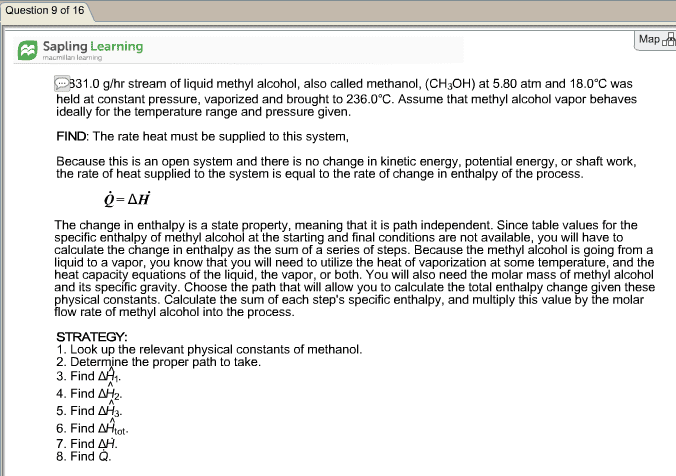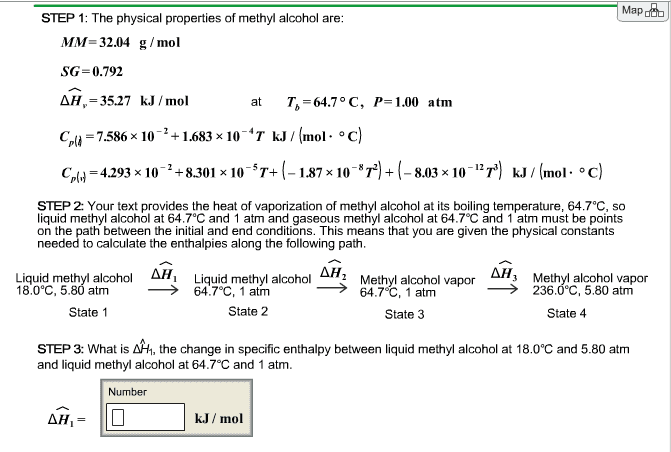CHEM 001 Lecture Notes - Lecture 23: Enthalpy, State Function, Exothermic Process
7 views2 pages
13 Aug 2020
School
Department
Course
Professor
Document Summary
Because this is a state function, the path to get here doesn"t matter. C. endothermic: enthalpy change is positive; heat flow to the system (in a constant pressure reaction) D. exothermic: enthalpy change is negative; heat flow to the surroundings (in a constant pressure reaction) The energy released comes from the intermolecular potential energy of the bonds, not the kinetic energy. A. hess"s law: sum of the enthalpy changes for each step is equal to the total enthalpy change regardless of the path chosen. Forward reaction has the exact opposite change in enthalpy as the reverse. A. activation energy: minimum kinetic energy threshold to collide molecules and make babies. Transition state: the highest energy point in a reaction where old bonds are breaking and new bonds are forming; not the same as intermediates. C. intermediates: products of one step that are the reactants for the next step.
Get access
Grade+20% off
$8 USD/m$10 USD/m
Billed $96 USD annually

Homework Help
Study Guides
Textbook Solutions
Class Notes
Textbook Notes
Booster Class
40 Verified Answers
Class+
$8 USD/m
Billed $96 USD annually

Homework Help
Study Guides
Textbook Solutions
Class Notes
Textbook Notes
Booster Class
30 Verified Answers
Related textbook solutions
Chemistry: Structure and Properties
2 Edition,
Tro
ISBN: 9780134293936
Basic Chemistry
5 Edition,
Timberlake
ISBN: 9780134138046
Principles of Chemistry Molecular Approach
4th Edition,
Tro
ISBN: 9780134112831
Chemistry: Structure and Properties
2nd Edition,
Tro
ISBN: 9780134293936
Principles of Chemistry Molecular Approach
3rd Edition, 2014
Tro
ISBN: 9780321971944
Chemistry: A Molecular Approach
3rd Edition,
Tro
ISBN: 9780321809247
Chemistry: A Molecular Approach
5th Edition,
Tro
ISBN: 9780134874371
Principles of Chemistry: A Molecular Approach
4th Edition,
Tro
ISBN: 9780134895741
Chemistry: The Central Science
14th Edition, 2017
Brown
ISBN: 9780134414232

